Biodiversity, the incredible variety of life on Earth, is not only awe-inspiring but also crucial for the functioning of our planet's ecosystems. From the smallest microorganisms to majestic forests and vast oceans, biodiversity encompasses an astonishing array of species and habitats. The interconnections within ecosystems, where species rely on one another for survival and balance, make biodiversity a remarkable and essential aspect of our world. Together, let’s dive into some of the most surprising and interesting interconnections of the natural world.
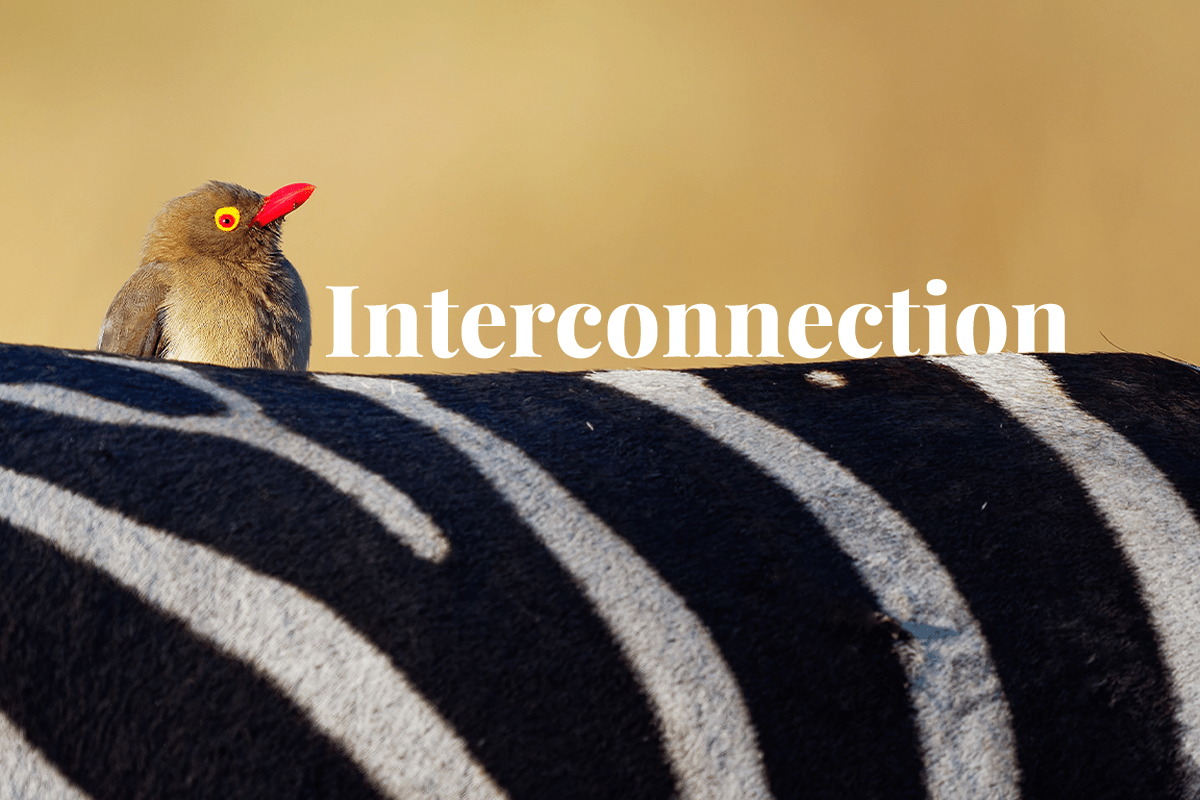 Red-billed Oxpecker sitting on zebra's back, Africa.
Red-billed Oxpecker sitting on zebra's back, Africa.
I. Specie-specie relationships
1. Cleaner fish and their clients
Cleaner fish, such as cleaner wrasses and cleaner gobies, engage in a unique behaviour known as cleaning symbiosis. They offer cleaning services to other fish by removing parasites and dead skin, contributing to the overall health of fish populations. The clients benefit from the cleaning, while the cleaner fish obtain their food. This mutualistic relationship not only ensures the wellbeing of individual fish but also maintains the overall balance of marine ecosystems.
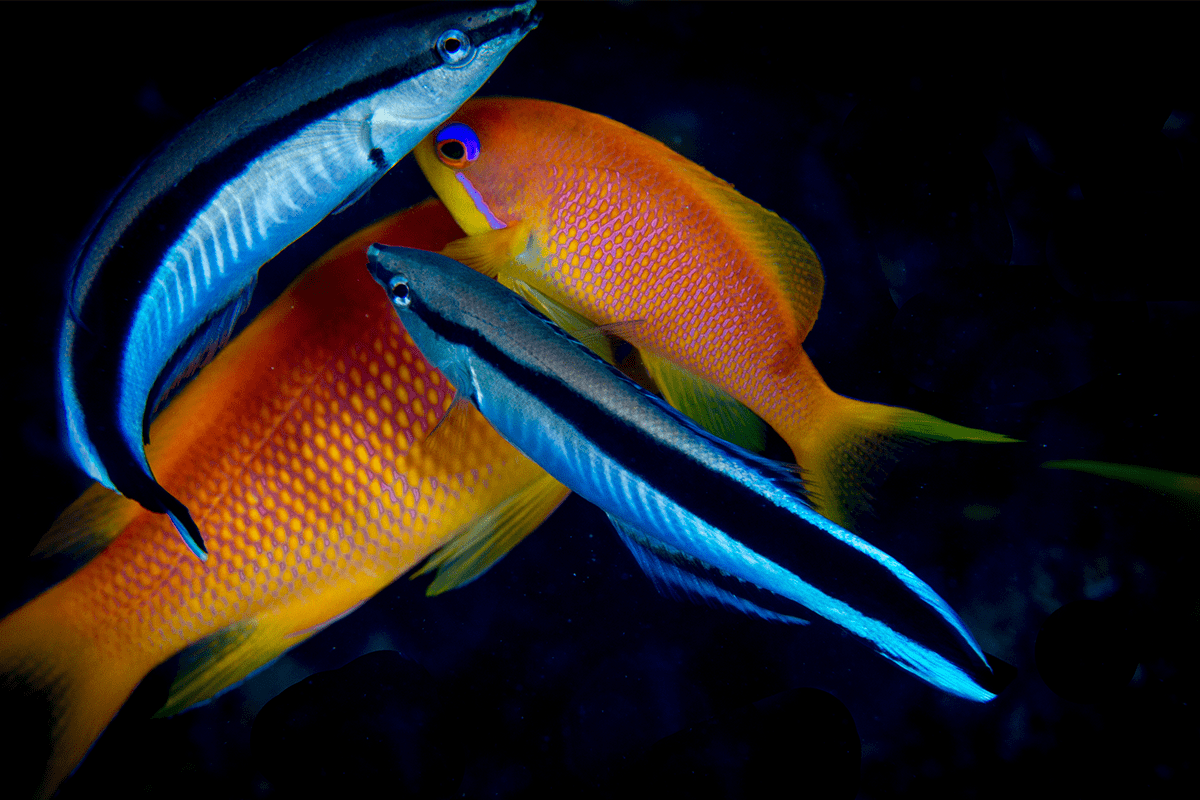 Anthias fish cleaned by bluestreak cleaner wrasse.
Anthias fish cleaned by bluestreak cleaner wrasse.
2. Ant-plants mutualism
Certain plants have formed a fascinating alliance with ants, known as ant plants or myrmecophytes. These plants provide shelter and food resources, such as nectar-rich structures called extrafloral nectaries and specialised structures called domatia for ants. In return, ants protect the plants from herbivores and aid seed dispersal. This mutualistic relationship demonstrates the interdependence between plants and ants, where both species benefit and contribute to the diversity and resilience of ecosystems.
3. Clownfish and sea anemones
The mutualistic relationship between clownfish and sea anemones is widely recognised, thanks in part to its portrayal in movies like Finding Nemo. Clownfish seek shelter and protection within the tentacles of sea anemones, which provide a safe haven from predators. In turn, clownfish help the sea anemones by providing them with nutrients through their waste and by fending off potential threats. This intricate partnership showcases the remarkable adaptations and interactions that have evolved between these two species.
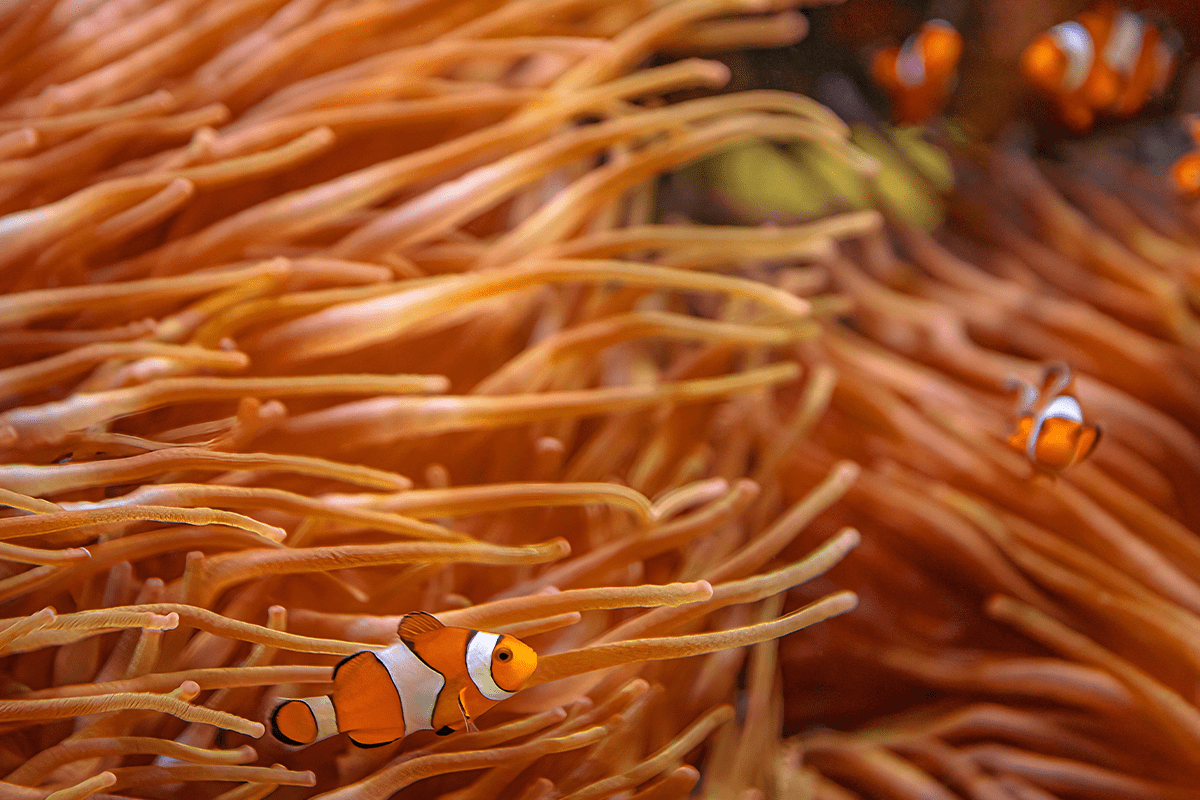 Orange clownfish with sea anemone in coral reef, Western Pacific Ocean.
Orange clownfish with sea anemone in coral reef, Western Pacific Ocean.
4. Oxpeckers and large mammals
Oxpeckers, also known as tickbirds, form a mutualistic relationship with large mammals, including rhinos, zebras, and giraffes. These birds feed on ticks, parasites, and dead skin found on the mammals' bodies, acting as cleaners. Additionally, oxpeckers act as alarm systems, warning their mammal hosts of potential dangers. The presence of oxpeckers not only benefits mammals by reducing their parasite load but also aids in the early detection of predators, contributing to the survival and overall health of these large mammal populations.
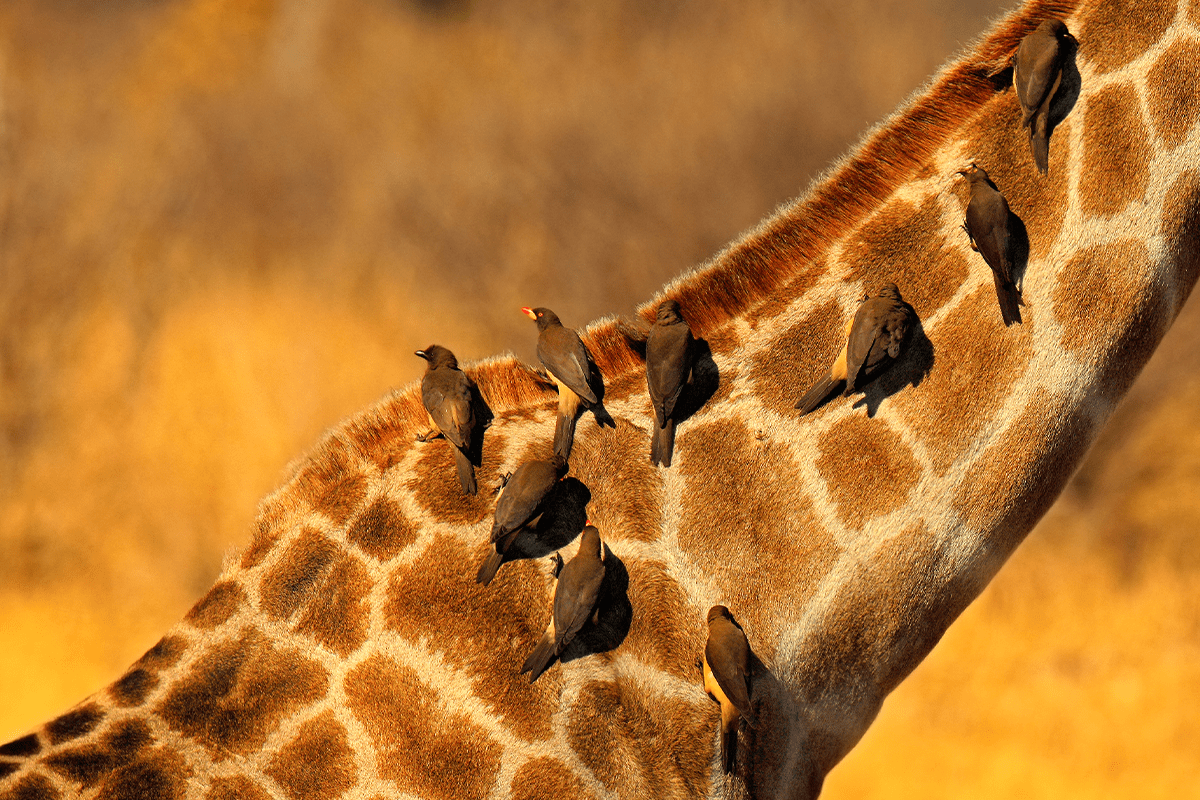 Yellow-billed Oxpeckers sitting on a giraffes' neck, Hwange National Park, Zimbabwe.
Yellow-billed Oxpeckers sitting on a giraffes' neck, Hwange National Park, Zimbabwe.
5. Pollinators and flowering plants
Pollinators play a vital role in the reproduction of flowering plants, making them essential for ecosystem functioning and the production of fruits and seeds. While bees are often associated with pollination, it's important to note that other species, including butterflies, moths, beetles, bats, and even some mice and animals that eat plants and disperse seeds through their droppings, contribute to this process. The intricate relationships between pollinators and flowering plants ensure the transfer of pollen, leading to successful reproduction and the continuation of plant species. It's also fascinating to discover that certain mosquito species have been identified as pollinators, serving a purpose in biodiversity despite their negative reputation.
Read more: Why is biodiversity important?
II. Specie-plant relationships
1. Fig trees and fig wasps
The relationship between fig trees and fig wasps is an exceptional example of coevolution and mutual dependence. Fig wasps are the only pollinators capable of pollinating fig flowers. Female wasps enter the fig's inflorescence to lay their eggs and, in the process, inadvertently pollinate the flowers. Fig trees provide the necessary habitat for fig wasps to complete their life cycle, demonstrating the delicate balance and interdependence within these ecosystems.
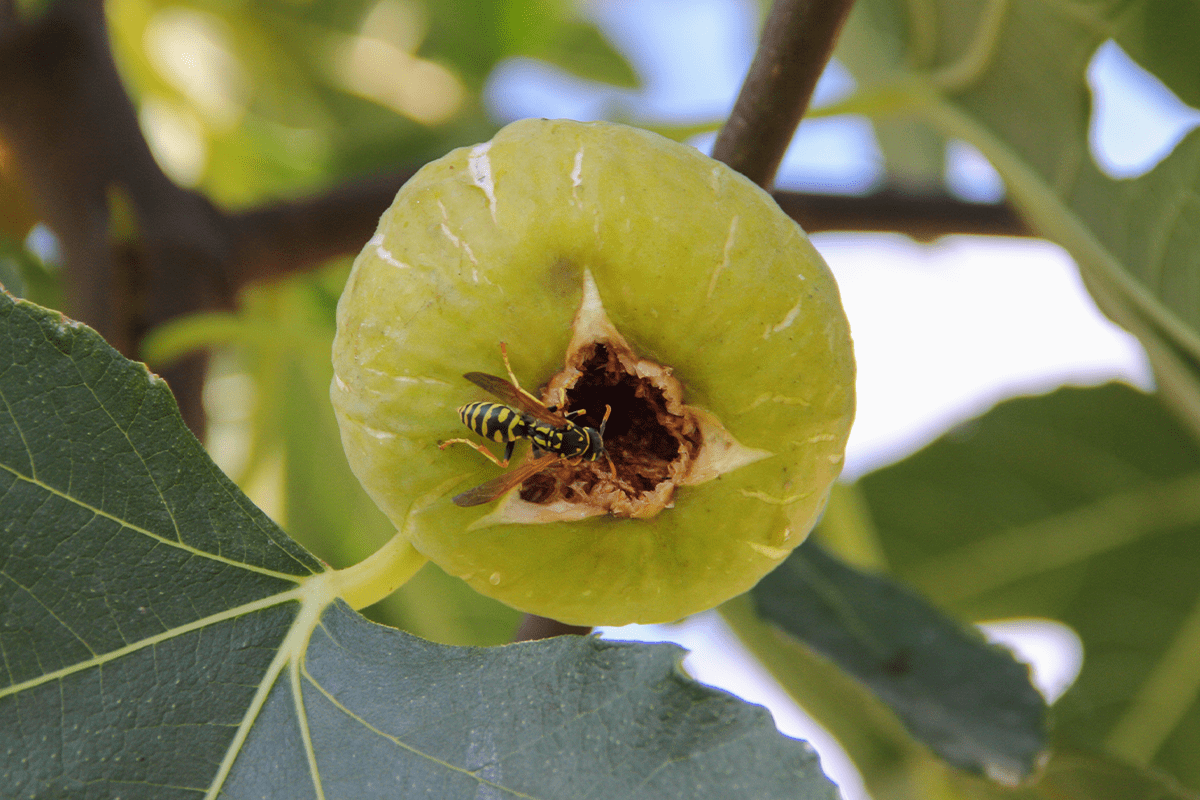 Fig wasp on a fig fruit.
Fig wasp on a fig fruit.
2. Myrmecophytes and ants
Myrmecophytes, or ant plants, have evolved a remarkable association with ants. These plants provide specialised structures, such as hollow thorns or swollen petioles, which serve as shelter and food sources like nectar or lipid-rich bodies for ants. In return, ants defend the myrmecophytes against herbivores and sometimes clear competing vegetation to ensure the plant's growth. The presence of ants also aids in seed dispersal as they carry the seeds to new locations. This fascinating mutualism showcases the specialised adaptations and interdependencies between plants and ants.
3. Epiphytic plants and host trees
Epiphytic plants, such as orchids, bromeliads, and ferns, establish themselves on the surfaces of trees without causing harm. They obtain moisture and nutrients from the air and rain using specialised structures like aerial roots or water-absorbing scales. These plants not only thrive in their elevated position but also provide additional habitat and microclimates for other organisms, contributing to the overall biodiversity of the ecosystem.
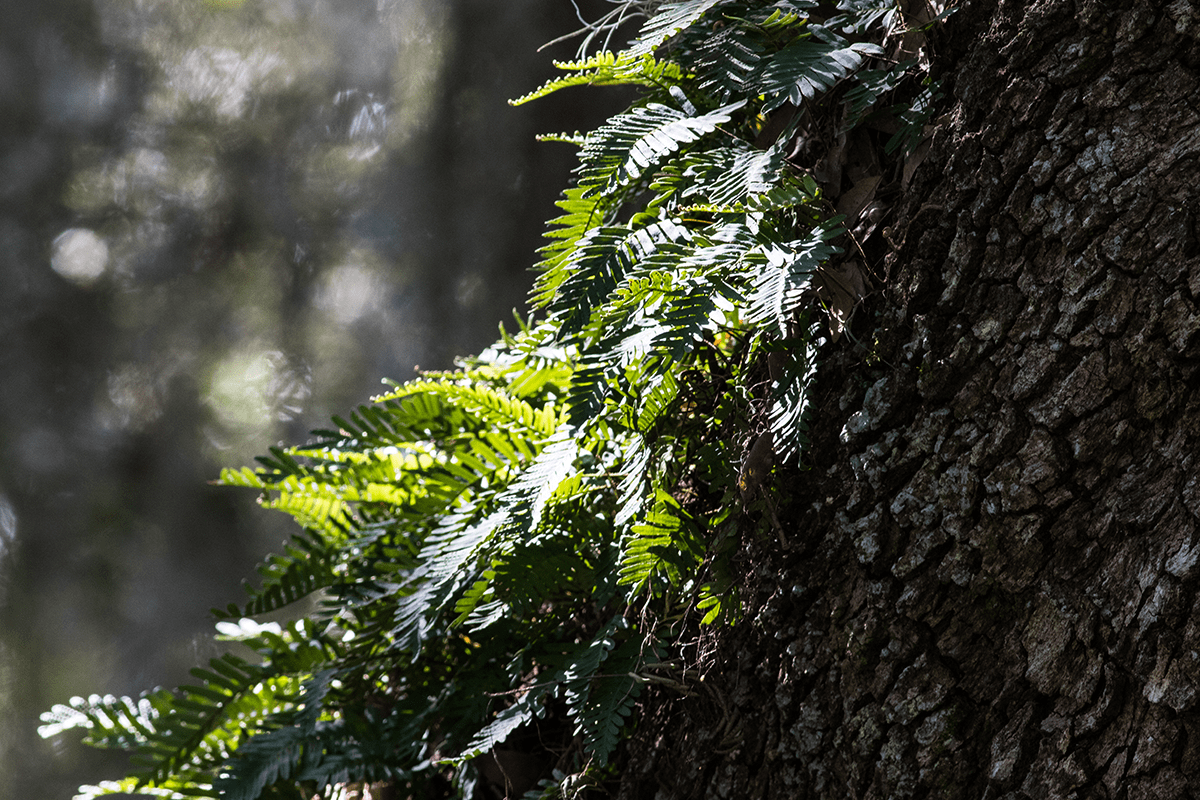 Fern growing on a host oak tree in the rays of sunshine breaking through the canopy.
Fern growing on a host oak tree in the rays of sunshine breaking through the canopy.
4. Nitrogen-fixing plants and bacteria
Nitrogen fixation is a crucial process for plant nutrition, and certain plants have developed a symbiotic relationship with nitrogen-fixing bacteria. Leguminous plants, such as peas, beans, and clovers, house these bacteria in specialised structures called nodules on their roots. The bacteria convert atmospheric nitrogen into a form that plants can use, providing them with a vital nutrient. In return, the plants supply the bacteria with carbohydrates. This mutualistic relationship contributes to the enrichment of soil nutrients and the growth of other plant species in the ecosystem.
Start planting trees today
5. Sunflowers and the sunflower bee
Sunflowers and sunflower bees have a fascinating and specialised pollination relationship. These solitary bees have adaptations that allow them to effectively collect and transfer pollen from sunflower florets. The vibrational movements they create during their visits to the flowers dislodge the pollen, aiding in successful pollination. The sunflower bee's dependence on sunflowers for its survival emphasises the intricate relationships and dependencies that exist within biodiversity.
Read more: The importance of forests in bumble bee conservation
III. Plant-plant relationships
1. Mycorrhizal associations
Mycorrhizal fungi form symbiotic relationships with plant roots, creating mycorrhizal associations. These fungi extend plants' root systems, increasing their surface area for nutrient absorption. In return, the fungi receive carbohydrates from the plants. This partnership enhances nutrient uptake, particularly phosphorus, and contributes to the health and resilience of both the plants and the soil ecosystem. Mycorrhizal associations are widespread, with most plant species forming these beneficial relationships.
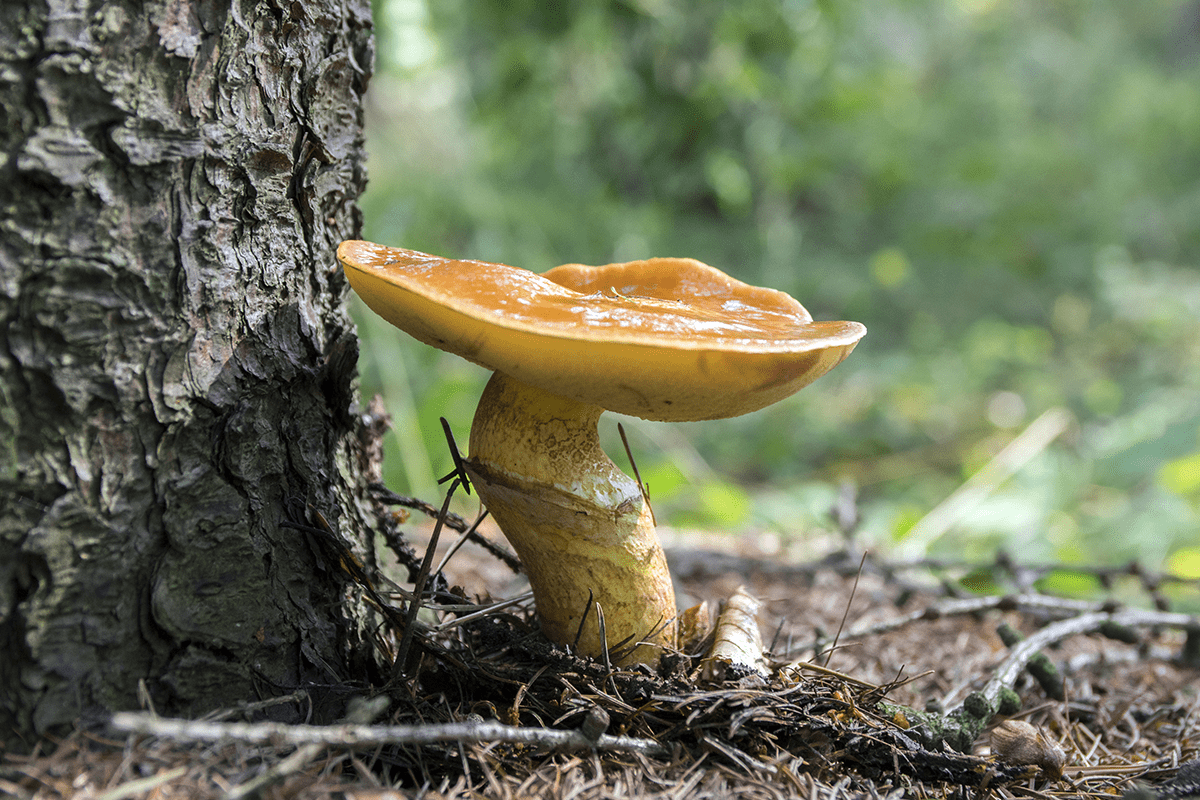 Forest mushroom growing next to a tree.
Forest mushroom growing next to a tree.
2. Nurse plants and seedlings
Nurse plants play a vital role in supporting the growth of young seedlings. They provide shade, which reduces competition from other plants and helps retain moisture in the soil. The physical structure of nurse plants, such as their branches or thorny defences, also offers protection from herbivores. By providing favourable conditions for seedlings to establish themselves, nurse plants contribute to the diversity and regeneration of plant communities.
3. Canopy trees and understory plants
Canopy trees, with their towering presence, create a unique habitat and microenvironment for understory plants. The dense foliage of the canopy provides shelter from extreme weather conditions, filters sunlight, and creates shade, allowing shade-tolerant plants to thrive beneath them. The presence of canopy trees also contributes to the structural complexity of forests, offering diverse niches for a wide range of plant species to coexist and thrive.
Read more: Reforestation: 10 amazing benefits of planting trees
 Rays of sunlight passing through the canopy of trees in a forest.
Rays of sunlight passing through the canopy of trees in a forest.
4. Clonal colonies
Certain plant species reproduce by forming clonal colonies, where new shoots emerge from the parent plant. This clonal growth allows for resource sharing and the rapid colonisation of new areas. It also enhances the genetic diversity within the plant population and enables the survival and adaptation of these plants to changing environments. Clonal colonies shape plant communities and contribute to ecosystems' overall biodiversity and resilience.
 Banyan Tree.
Banyan Tree.
5. Allelopathy
Allelopathy refers to the chemical communication between plants, where some plants release compounds that influence the growth, survival, or behaviour of other plant species. These chemical interactions can affect seed germination, root growth, or nutrient uptake, influencing the structure and composition of plant communities. Allelopathy highlights the complexity of plant interactions and the mechanisms by which plants compete and coexist.
Read more: Where are the world's biodiversity hotspots?
DGB Group’s mission: protecting nature and its wonders
Exploring the wonders of biodiversity through species-species, species-plant, and plant-plant relationships, we uncover the intricate web of interconnections and interdependence that sustains our ecosystems. From mutualistic partnerships to coevolutionary bonds, each interaction plays a vital role in maintaining the balance and resilience of our natural world.
By appreciating and understanding the remarkable diversity and complexity of biodiversity, we can work towards its conservation and ensure the preservation of nature's wonders. DGB Group, as a developer of nature-based solutions, plays a pivotal role in protecting and promoting the wonders of biodiversity. By implementing innovative approaches rooted in nature, DGB Group contributes to the preservation of these delicate relationships and the overall health of our planet as well as the wellbeing of society as a whole. Through large-scale projects of afforestation, reforestation, habitat protection, and energy-efficient cookstoves, we restore ecosystems, protect endangered species, and enhance biodiversity. DGB actively works towards maintaining the intricate balance of nature.
Join our mission and ensure a more biodiverse future for all









